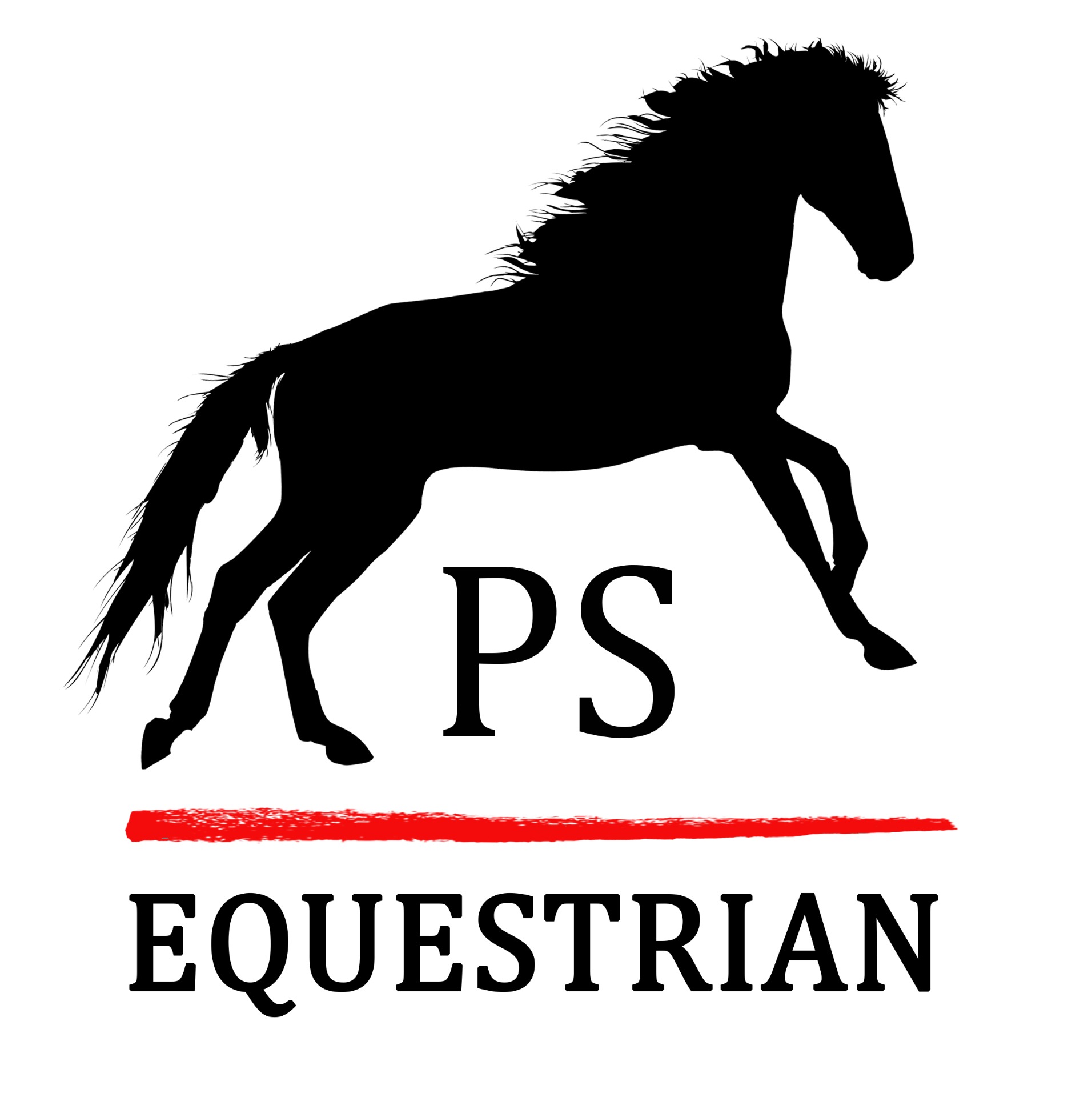How to Keep Your Horse Calm Whilst Training
Keep Calm and Carry on Riding - an expert's tips on how to keep your horse calm whilst training

As flight animals, a horse's natural reaction to discomfort or fear is to flee from the cause of his concern. When the horse is in that frame of mind, it's virtually impossible to teach it anything at all. All we are likely to do is create bad experiences and unhappy associations.
Keeping a horse calm whilst training is essential to his mental and physical well-being. Tension in the body restricts his freedom of movement while mental unease prevents him from moving past his fear into a responsive state.
Setting Your Horse Up For Success
Before any training session, it's crucial to eliminate any issues that may cause tension in the horse and prevent him from achieving calmness and engaging in the lesson.
Health conditions, muscle tears, joint pain, and other illnesses and injuries cause pain which the horse will nearly always express through bad behaviour. Only once we've ascertained that there is nothing physical to prevent the horse from attaining calmness can we embark on a constructive training experience.
- Groundwork: Building A Calm Foundation for Your Horse
l often begin my training sessions with some groundwork, I love it, and something I feel takes priority above Other aspects of training - it is an essential and has to come before anything else in my opinion. It is one of the best ways to create mutual trust and understanding between horse and trainer.
On the ground, we can begin teaching the horse how to respond appropriately to fear and discomfort, so he remains calm and focussed at all times. The join-up technique, in particular, is valuable when it comes to getting a horse to trust its trainer, understand that it's in safe hands, and engage in the session.
- How Lunging a Horse Can Help Him Engage
Many trainers use lunging as a pre-backing technique or as a way to improve a horse's suppleness and flexibility. It is also one of the best methods to employ when seeking calmness in a training session.
Lunging is a great way to prepare your horse for a training session, both physically and mentally. As he warms up his muscles and burns off his excess energy, he also starts to engage his brain and listen to his trainer's voice commands and react to his body language.
- How To Turn Big Lessons into Bitesize Pieces
All too often, we enter a training session with a big vision of what we want to achieve. This approach can be overwhelming for the horse who picks up on our expectations through our body language.
By breaking down our goals into bite-size pieces, we reduce the pressure, encourage calmness and, optimise our horse's learning potential.
I approach each training session as though there were no time limits at all, knowing that, by reducing the pressure on myself, I reduce the demands on the horse and give us both a better chance of achieving a positive outcome.
Conclusion
Calmness is essential for a positive training experience. A panicking or frightened horse can't learn anything - all it can think about is how to escape. By taking the pressure off and allowing the horse time to engage both body and mind, we can maintain calmness throughout a training session, creating a responsive horse and positive results.
